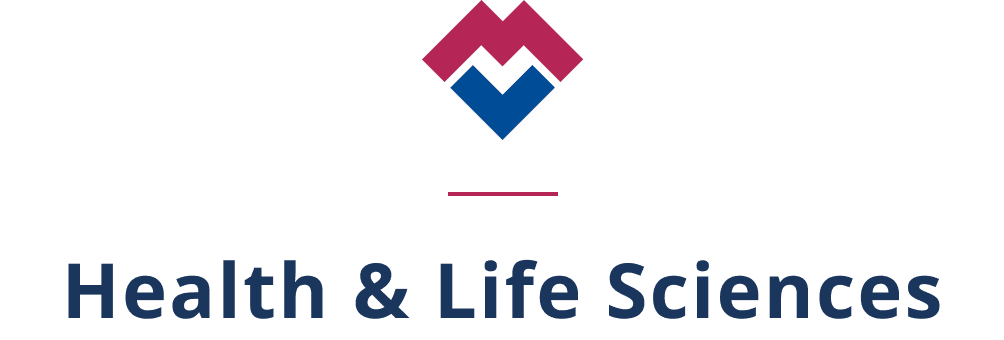The company adopted Tricentis qTest as the first step in revolutionizing their quality engineering approach. qTest allowed them to centrally manage their manual test processes and integrate with Jira and Confluence for real-time feedback with developers. qTest also enabled the team to make some improvements to the Electronic Records & Electronic Signature (ERES) process. By extracting individual test case and test execution instances from qTest, they could upload them to MasterControl for approval, but multiple approvers were still needed. Despite the remaining approvals management, qTest still eliminated numerous checkpoints along the approval pathway that ALM could not remove, yielding early time savings even before Tricentis Vera was introduced to their environment.
In spring 2020, they implemented an earlier version of Vera that supported manual test approvals with ERES, critically removing that initial 2019 workaround for Manual tests; however, they couldn’t solve their automation test work around, which remained until spring 2022.
That’s when the Vera upgrade for qTest was released, and now supported manual and automated test approvals with ERES in a way that worked for the company’s requirements. This eliminated QA approval in qTest and reduced the V&V checkpoints to a single owner to approve the executed tests, removing nearly a dozen time-consuming checkpoints earlier in the process.
“It’s been years, 3 different bosses, several different tools and apps, but now we work in 2–3-week sprints & can reduce formerly one-month development cycles to just one-week dev cycles”
This simplification of their QA approvals process, combined with their increased test case visibility, brought their development team and V&V quality engineering team much closer together, boasting:
- Lower cost, streamlined resource model for testing and validation
- Faster time to market, accelerated release cycles
- Higher quality
“qTest already streamlined the validation process for manual tests. Implementing Vera’s upgrade in 2022 streamlined the need to approve automated tests in Vera, which allowed us to reduce the traditional lengthy QA Approvals Process for executed tests to just one V&V Owner. Now we’ve drastically increased test cases per release due to more coverage/content thanks to that Vera upgrade.”

 Industry: Health/Life Sciences
Industry: Health/Life Sciences Organization size: 2000
Organization size: 2000 Location: United States
Location: United States Products:
Products: 